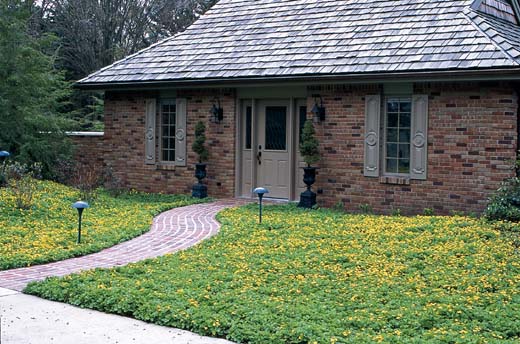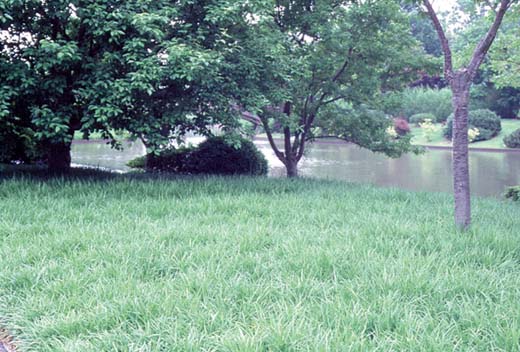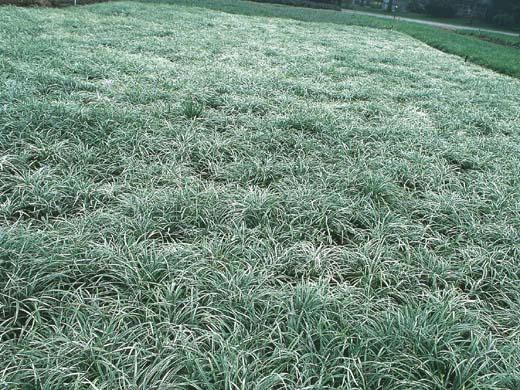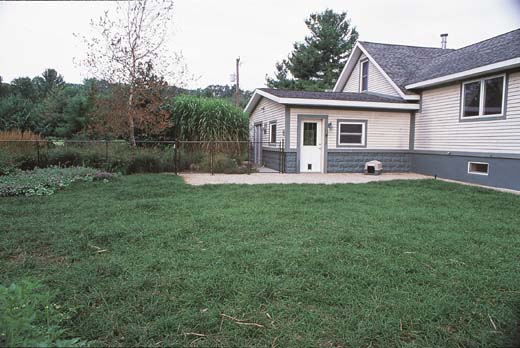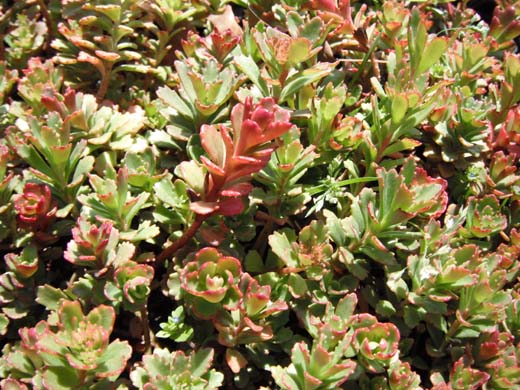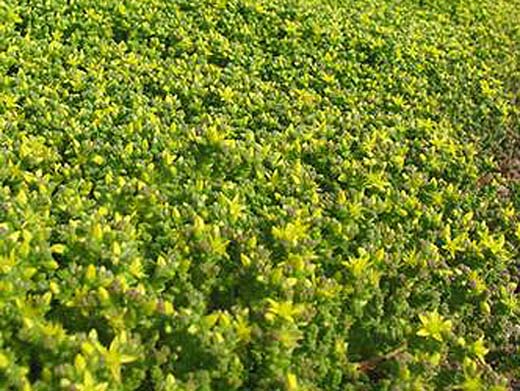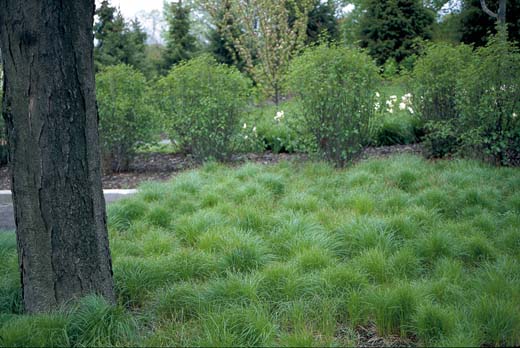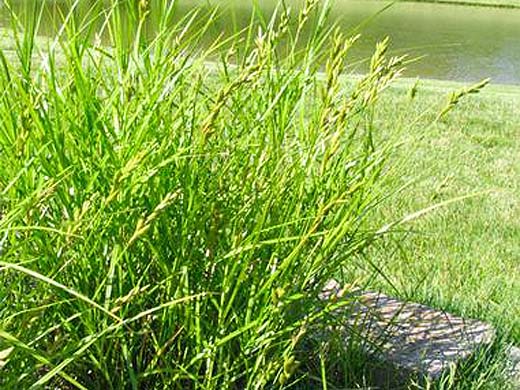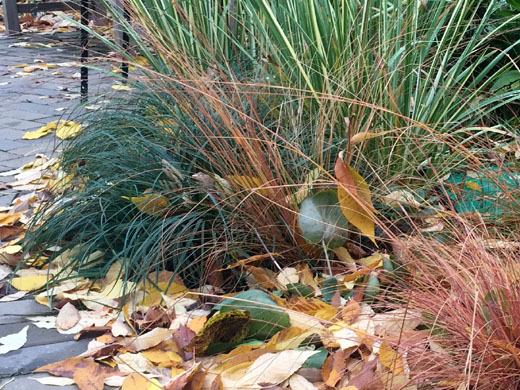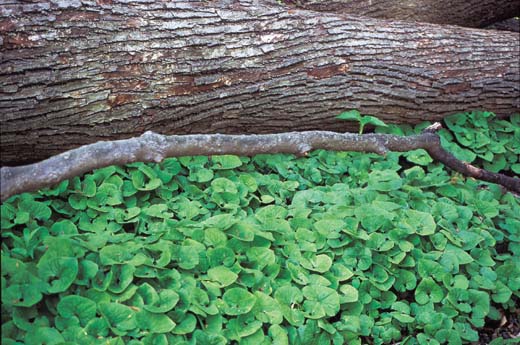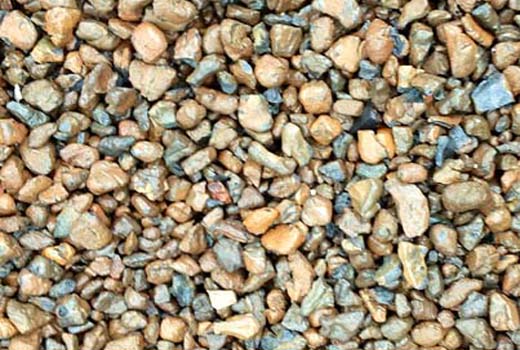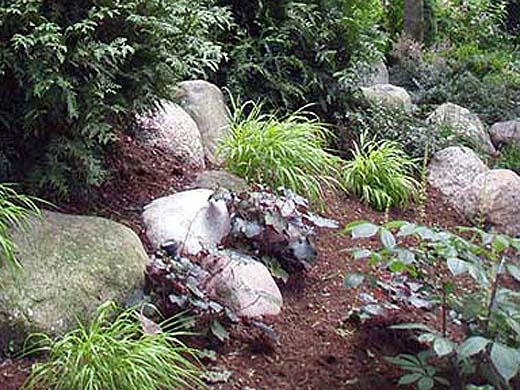Is there an area in your yard that lacks interest? Is there an area in your yard that just won’t grow healthy grass? Is your parkway uninspiring?
This spring, instead of spending another year dissatisfied with it, consider filling this space with grass alternatives. By using lesser known groundcovers and ornamental grasses, these spaces can be transformed into dynamic gardens that add interest to your space, offering varying textures and colors during the growing season.
Aside from aesthetic benefits, these converted spaces have environmental value. Lawns require many inputs like water, fertilizers, gasoline (for mowers) and of course, time. By transforming an area of your property, you will reduce your carbon footprint. These alternatives to grass use less water and reduce runoff, all while increasing groundwater infiltration rates. The variety of plants will attract different birds, bees, and butterflies, while garnering the attention and admiration of your friends and neighbors.
Aside from Pachysandra, Vinca minor, English Ivy and Purpleleaf Wintercreeper, which are the standard groundcovers in our industry, here are additional selections than can be incorporated into your new planting area:
Barren Strawberry Waldsteinia ternata has semi-evergreen, glossy leaves that look like leaves of strawberry plants, with yellow buttercup flowers that appear in spring. Leaves turn purple in fall. Needs good draining soil but can tolerate drought. 6-8”h. Sun-shade.
Liriope Liriope spicata is a fast-spreading groundcover, with narrow, grass-like leaves and lilac flowers in summer, turning into black fruit in fall. 12”h. A new variety, NoMo (L. Nonomonncjr) only grows 3-6”h and is ideal as a lawn alternative, as it feels like grass underfoot and is durable under foot traffic. For a different look, try the cultivar ‘Silver Dragon’ 6-10”h, with blue-green leaves and white margins. All prefer dry/well-drained soil.
If the area is high traffic, turn it into a pathway with stepstones, which can be interplanted with groundcover.
If you would rather not plant anything in it, here are some attractive, non-living alternatives:
Artificial Turf has improved in appearance and performance over the years and is a great solution for those who have children and pets, yet can’t grow grass in their yard. It requires a base approximately 8 inches deep, similar to traditional pavers, available in many heights, styles and looks.
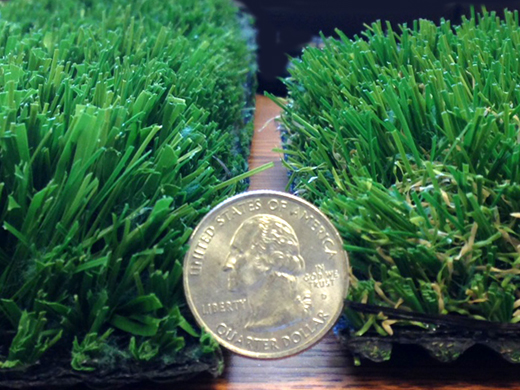
Easy Turf artificial grass comes in several types. These are two; notice the one at right includes thatch.
Decorative Gravel is available in many types, colors, sizes and shapes to complement your garden surroundings. Be sure to excavate the soil to fill an appropriate depth (usually about two inches) and lay down landscape fabric to prevent weeds.

